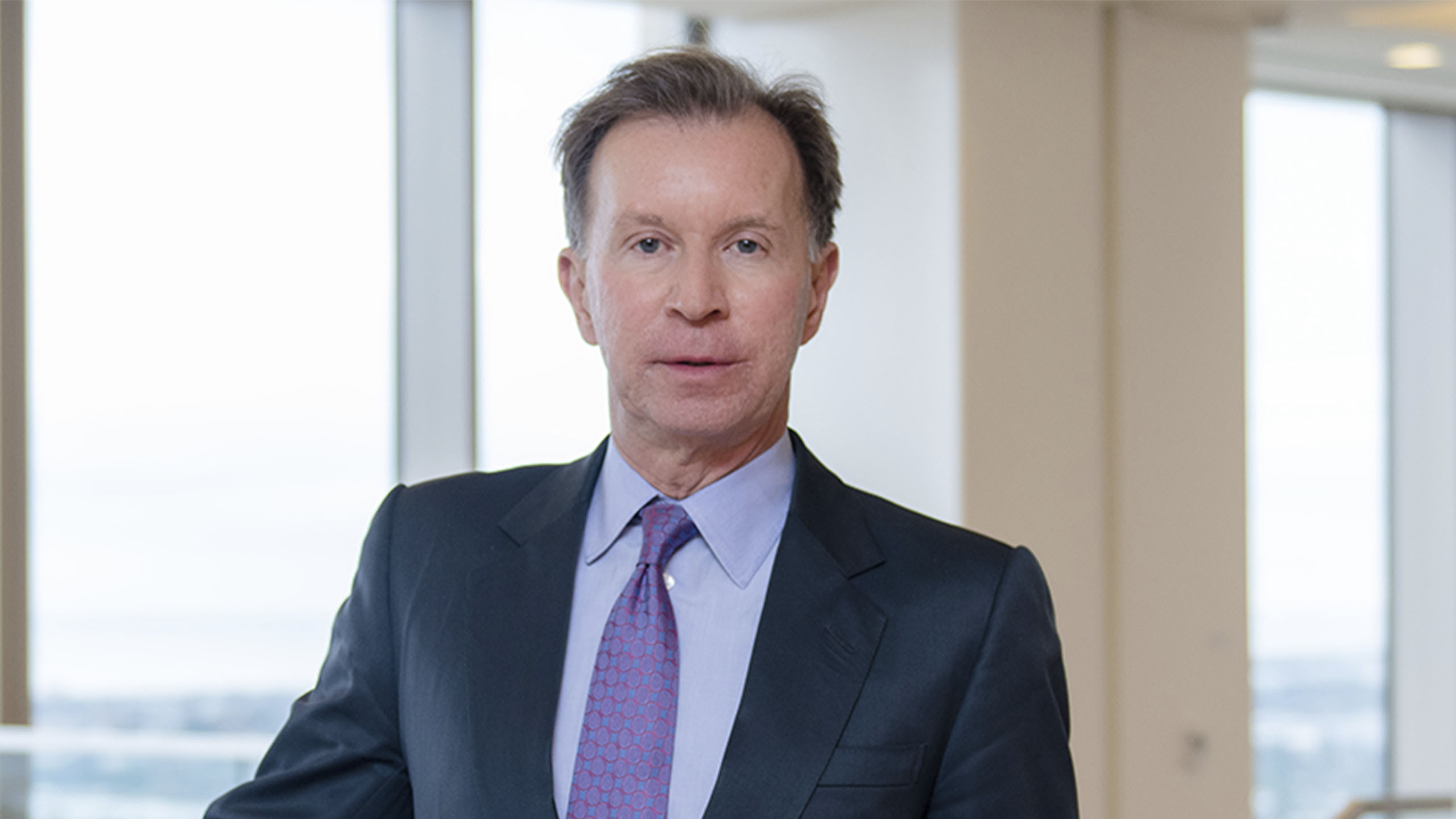Text on screen: John Valtwies, Account Manager
Valtwies: Welcome to the PIMCO Family Capital Series. We're talking philanthropy today
and I'm joined by PIMCO Managing Director and Vice Chairman John Studzinski.
John, you work closely with our largest investors who are responsible for allocating pools of capital around the globe and importantly, a lot of those investors are focused on philanthropy.
Can you share with us some of the areas that they're focused on in today's environment?
Text on screen: John Studzinksi, PIMCO Vice Chairman and Global Strategic Adviser
Studzinski: As I think everyone listening to this knows the investing environment has changed a lot in the last three or four years. Having said that, many of the families who have foundations or do philanthropic investments focus on the long term.
They make commitments that are not just one year commitments, but generally two, three, four and five year commitments. And they're sponsoring programs, scholarships, often building buildings or endowing other types of scholarships.
So they tend to look at investments where they can match the liabilities that they are likely to anticipate with their income from their portfolio.
And I think it's important to distinguish between the governance of the portfolio, the actual investment allocation, and then the actual projects themselves. And the portfolio allocation in this environment probably has changed a lot because people want to be more nimble.
People are probably warehousing more cash, not just because they want to reenter the equity markets, which is a historical reason, but because they want to look at other things like fixed income, liquid fixed income, because they are looking at investment returns of five, 6%, which is a very attractive yield in the context of their own philanthropy and some of their future liabilities.
Many of them that will look at longer term liabilities and commitments, I actually think it's probably a better word to use, than term commitment. Will be considering various types of less liquid, semi liquid instruments that might have a coupon, but also have a longer term
yield of mid to low teens.
Valtwies: John, many of our investors are committed to philanthropy, but the changing environment has caused many to rethink their approach. Are there any particular areas
that you think should be a priority?
Studzinski: Well, everyone in this environment, in the family capital space is talking about their asset allocation and they're also talking about how their asset allocation could impact
the amount of charitable commitments they have and their overall philanthropic passion and purpose and strategy.
I would say many of them are mindful of the fact that the equity market has changed.
The fixed income market, the liquid fixed income market has reemerged.
They've been very focused on de-risking. They're very focused on developing a larger pool of liquidity and flexibility and being nimble in the short term with an emphasis on being nimble.
Their projects are important and many philanthropic strategies are multi-year strategies, meaning not just one year or two years, but three or four or five years. So people need to be able to warehouse, cash, generate a return on it and in this environment, you're talking about liquid fixed income of five or 6%.
And also figure out how the asset allocation has to continue to evolve for the future,
knowing that what took place in the last ten years is probably not going to be repeated.
But their philanthropy is going to be there. It's going to be probably even more challenging,
more demanding, because many in this environment with higher inflation, perhaps other donors who've been contributing to the same projects may not be as aggressive.
So it may put more of an onus on them to make either greater commitments or be more clever about how they manage their investing strategy.
Valtwies: Well, thanks for sharing those insights today, John.
To keep this conversation going or to learn more about these important investment
fundamentals, please get in touch.

